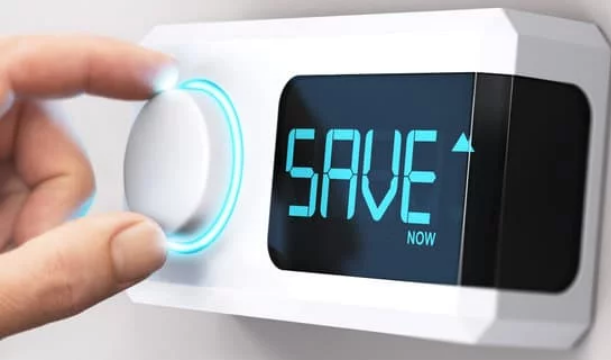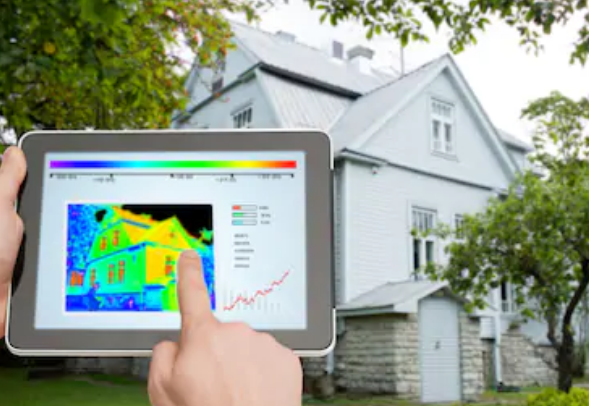Your cart is currently empty!

Net Zero – What Is It, and How to Achieve It?
While it is possible for any livable structure to be a net zero construction, the term generally is associated with commercial architecture. Technically, the energy consumed by the net zero building on a yearly basis is approximately equal to the amount of sustainable energy produced on the site.
According to a recent study, net zero homes are designed to be up to 80% more energy efficient than traditional homes. Since these homes generate enough energy to offset their overall footprint, they are also called zero-energy homes.
But how do you actually get there? Scroll down to learn some of the ways to create a home of the future.
Behavioral Change
Although present-day electronics consume less power, standby modes can add a lot to your monthly electricity bills. Make sure to switch off the lights when you leave the room. Using timers or motion sensors are easy and convenient ways to assure energy savings.
Recyclable Materials
Recycling plays a vital role and is significant for human survival. So let’s take it one step further and construct your house out of recycled materials. Homes made from recycled materials are not only versatile and economical but also comply with the law of Mother Nature.
Install Energy-Efficient Lights
Did you know LEDs consume 75% less energy than alternatives? Also, they last 25 times longer than incandescent lights and bulbs. Noticeably, energy-efficient products can save homeowners up to 20% on their bills each year.
Renewable Energy
One of the ways to attain a zero-energy home is to install solar panels. In fact, producing your own energy can take your home from net-zero to net positive if you produce more energy than you consume during a year.
Purchase Energy-Efficient Appliances
Whether you’re planning to purchase a dishwasher or a washing machine, make sure to invest in energy-efficient technology to save money. The use of energy-efficient appliances reduces the exploitation of natural resources including oil, coal, and water, enabling us to achieve long-term sustainable development.
Install Ceiling Fans
Instead of using your air conditioners 24/7, install ceiling fans. A/C units can consume anywhere from 600W – 1600W of electricity. Compared to 12W-90W of electricity consumed by a ceiling fan. That’s almost a 99% reduction in consumption.
How Do Net Zero Homes Generate Energy?
Not all zero energy homes are created alike. However, all of them involve an independent source of sustainable energy. Many users install photovoltaic panels that can generate energy for HVAC systems and lighting. Excessive energy produced from solar panels can be accumulated in a battery storage system for future use or can also be transmitted to the local grid.
Net Zero Homes Are Not Off-the-Grid
A general misconception about solar-driven houses is that they are off-the-grid and produce their own electricity. While these homes produce sufficient energy to meet their requirements, they’re still connected to the grid in order to fulfill the varying household requirements throughout the year. For instance, being connected to the main grid enables users to use electricity produced by their local hydro company when the solar system isn’t able to produce sufficient energy or when routine maintenance work is carried out and the system is turned off for repair.
Are Net Zero Homes Comfortable?
Homeowners who invest in zero energy homes generally find them very comfortable. With proper insulation installed within their homes, it usually feels warm and cozy without much heating effort.
Can You Convert Your Current Home to Net Zero?
Luckily, the net zero concepts aren’t confined to construction only. Although it takes a great deal of planning and finances to retrofit your current setup to net zero, it can be done. Following similar rules for zero energy new builds, remodeling involves enhancing existing insulation levels to satisfy code standards, adjusting windows to use maximum solar energy, renovating HVAC systems to be as productive as possible and investing in the most recent energy-efficient technology.

In fact, if you own an apartment or condo, you can follow similar principles to make your place more energy efficient. Also, you can take advantage of shared HVAC systems that can be even more affordable and energy-efficient.
If you’re looking forward to making your home a more energy-efficient and sustainable place to live, zero energy homes may be for you. These simple yet effective tips will help you re-imagine a future home that is more comfortable, energy-efficient and cost-effective.
Leave a Reply
You must be logged in to post a comment.